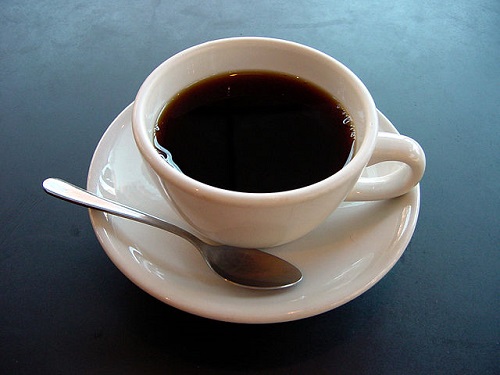
Coffee and espresso are very similar-so similar, in fact, that even experienced consumers sometimes don’t know the ways in which the two are different.
- Preparation
Both coffee an espresso are created by brewing from ground coffee, but that’s where the similarities end. Coffee, whether it is brewed with a drip coffee maker, a percolator, or a French press, is made by using medium ground coffee beans that are put into a paper filter. Then, hot water (around 200 degrees Farenheit) is poured over the beans and as it slowly falls through the filter, all of the coffee flavors and caffeine is transferred from the ground beans to the brewed drink. Espresso is prepared a little differently than a traditional cup of coffee. The beans are usually ground to a much finder grind than what would be used for coffee. Then, using an espresso maker, you would put the grinds into a tamp which exerts between thirty and forty pounds of pressure. Then the water is pulled through the tamp to create a much more concentrated drink, espresso. This can be done in a matter of fifteen to twenty seconds, whereas coffee preparation usually takes at least a few minutes.[i]
- Caffeine content
Since espresso is essentially a concentrated form of coffee, it would make sense that both the flavor and the caffeine content are more potent in espresso. The caffeine content of coffee typically varies with the type of bean used and how it is prepared (drip, brewed, percolated), but generally speaking, a seven ounce serving typically has about 80 to 175 milligrams of caffeine, this is in contrast to a serving of espresso which packs in a whopping 100 milligrams of caffeine in a serving of 1.5 to 2 ounces. This means that typically you will get more caffeine in a full cup of coffee than you would with one shot of espresso, but there is much more caffeine per ounce of espresso than you will find in coffee.[ii]
- Composition
Another key difference between coffee and espresso is going to be the composition of the drinks. While coffee is uniform due to its slower brewing process, espresso has very distinct components. There is ‘the heart,’ which is the very dark part that will be located at the very bottom of the espresso shot. On top of that, there is ‘the body,’ that is comprised of a light brown center. This is where the darkest part of the drink begins to mix with the top part, ‘the crema.’ The crema is the top frothy layer in a shot of espresso. The composition of the crema strongly depends on the preparation method and can vary greatly. True espresso lovers realize that the 3 distinct layers of espresso begin to combine and disappear just seconds after it is poured, which means that to best enjoy it you must drink it quickly after. Since coffee is of a uniform composition, it can typically be enjoyed for several hours after it is brewed without a noticeable difference in its taste.[iii]
- Availability
Depending upon where you live in the country, coffee is almost always at hand. Most people have a coffee maker of some sort in their home. Even non-drinkers will still typically own one as it is considered good manners to offer it to guests in the morning and daytime hours. In addition to that, coffee can be found at almost any restaurant, fast food location, and even gas stations. Espresso, on the other hand, can be a bit more difficult to find. This is due to the fact that you specifically need an espresso maker to prepare it, and while home espresso makers are available, not many people have them. This means that to enjoy a shot of espresso, you will likely have to visit a coffeehouse. Espresso is typically not served in locations where you can easily find coffee, such as restaurants. It is much more rarely encountered.
- Taste
As mentioned earlier, espresso is much more concentrated than coffee, which leads to a very different flavor profile. The taste of coffee is heavily dependent upon the type of beans used, the region they are grown and how they are roasted and ground. This is true of espresso too. But in general, coffee will have a much more uniform and mellow flavor than you will find with espresso. Espresso tends to be bolder and feature a balance between both sweet and bitter flavors. It is simply more robust. This is largely attributed to the fact that espresso is brewed without a filter, and a paper filter often catches some of the fuller flavors that might be in the ground beans.[iv]
- Variety
Coffee and espresso have the same type of variety in that they use the same beans to produce both. Any bean that could be used to brew coffee, can also be used to make espresso. However, since coffee drinking is much more widespread, there are several variations that you simply won’t find with espresso. The first is going to be decaffeinated coffee. This is a process that removes the caffeine from the seeds before they are grown. This is done to provide people on option if they like the flavor of coffee but do not want the caffeine intake. Since espresso has a very high caffeine content in a small amount of liquid, it is not offered. Many people would say that to decaffeinate espresso would defeat the point. The other variation is instant coffee. This can be prepared at home by skipping the brewing process. It is not well liked among coffee lovers, but it is an alternative which is not available for espresso.[v]

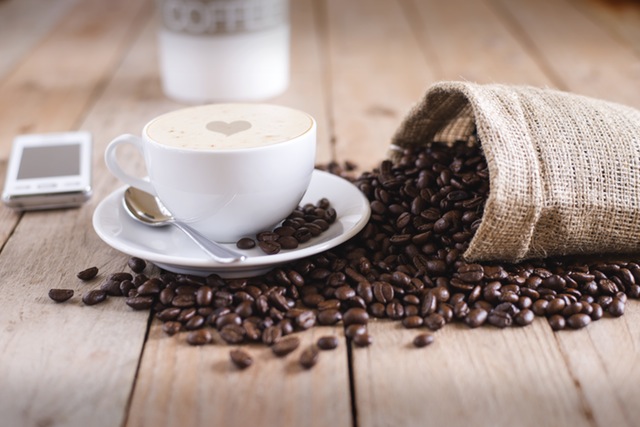
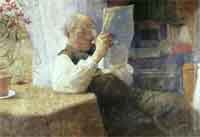
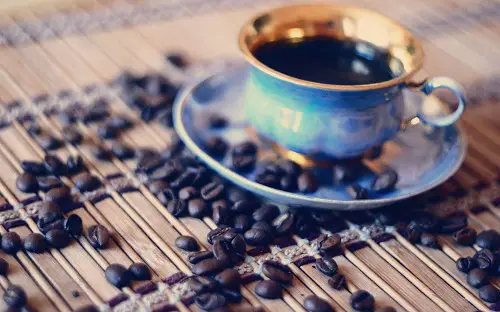
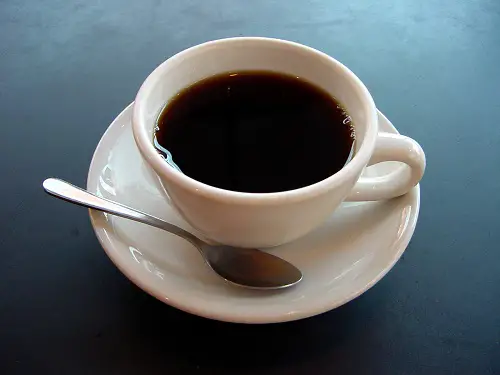
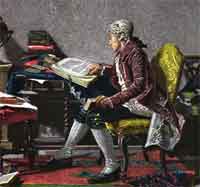
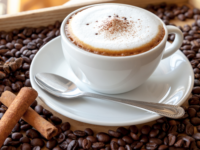






January 8, 2017 11:26 pm
The title of this post is misspelled. The correct spelling is ESPRESSO not EXPRESSO.